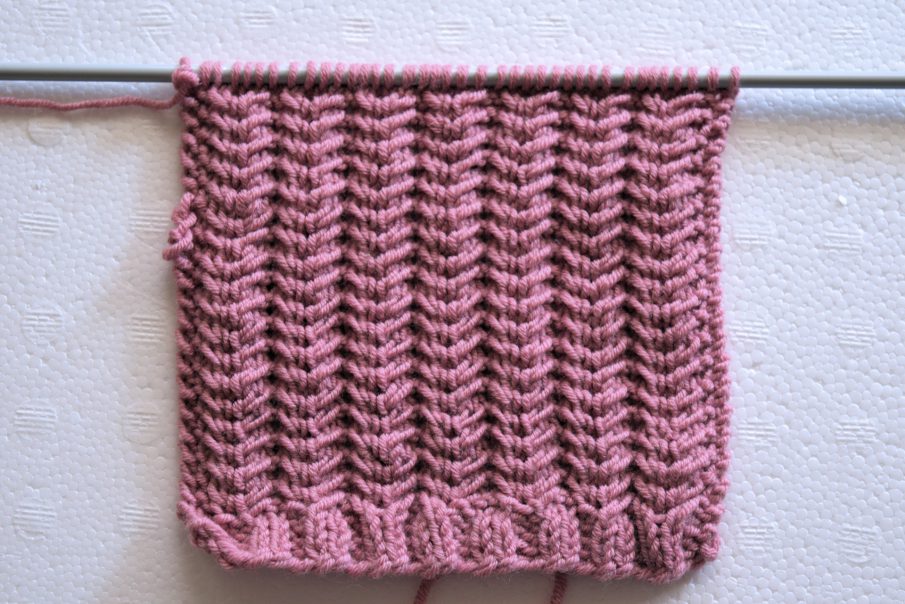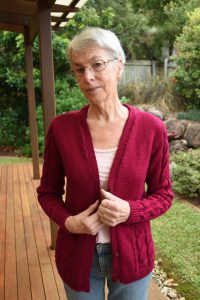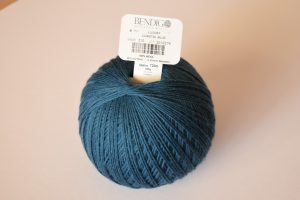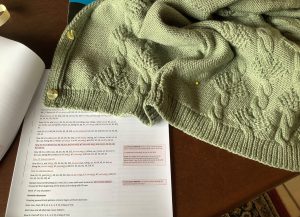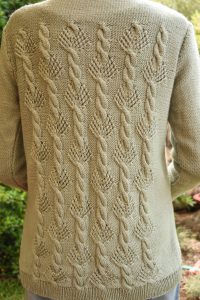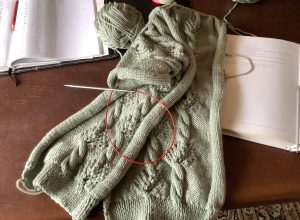Mentioning the word swatch to knitters elicits many reactions – from the ‘what is that’ to the ‘never do them’ right through to my favourite ‘I know my gauge’. Yet, many knitters DO swatch every time before they begin their new projects.
Gauge is critical if the knitter wants the garment they are knitting to be successful. Gauge, as Shirley Paden writes in her book, Knitwear design workshop (Interweave Press, 2009), ‘allow(s) you to see exactly how the yarn works as a fabric and to determine the best needle size’. (p 60)
As a knitter I do swatch every single time.
Yet the swatch has an additional purpose when it comes to designing a new pattern. It short, the swatch becomes the blueprint for the finished garment.
The process begins with the selection of the yarn to be used and the choice of pattern stitches. The yarn is for me an easy choice as I am enjoying designing and knitting with superfine merino.
Choosing a stitch is slightly more difficult. I need to ask questions. For example: Is this going to be an all-over stitch or a combination of maybe two or three stitches and what stitches would look great and work well with the yarn and colour selected?
Questions like these are answered with knitting a swatch.
In the past few days I have been exploring stitches for my next design. This is the one that has taken my fancy, yet even this one started out a wee bit different.
Having done my stitch swatch, I need to think about how this would look as a single stitch pattern for the entire garment. What problems could this bring? For example, in terms of casting off at armhole and neck edges or, in incorporating sleeve increases as well as considering what border and front bands would best complement the pattern. In the latter, it is very clear in the swatch photo that a 2×2 rib is not the right border stitch as it does not merge into the main stitch pattern very well.
Do I also need to consider combining the chosen stitch pattern with another and, if so, which one?
All of these problems/questions I answer by doing multiple swatches.
Once all these decisions have been made, the gauge of each swatch will be measured. Then, and only then, will the next planning stage begin: A preliminary writing of the pattern itself. In general, I write the pattern for my size with 2” (5cm) ease yet, I am very mindful of the end result. Who am I designing this for? What size is she – will the design and yarn look good on a size 34” (86.5cm) as well as a size 44” (112cm) bust?
All of this even before I pick up the needles and the yarn and begin a test knit of the garment.
